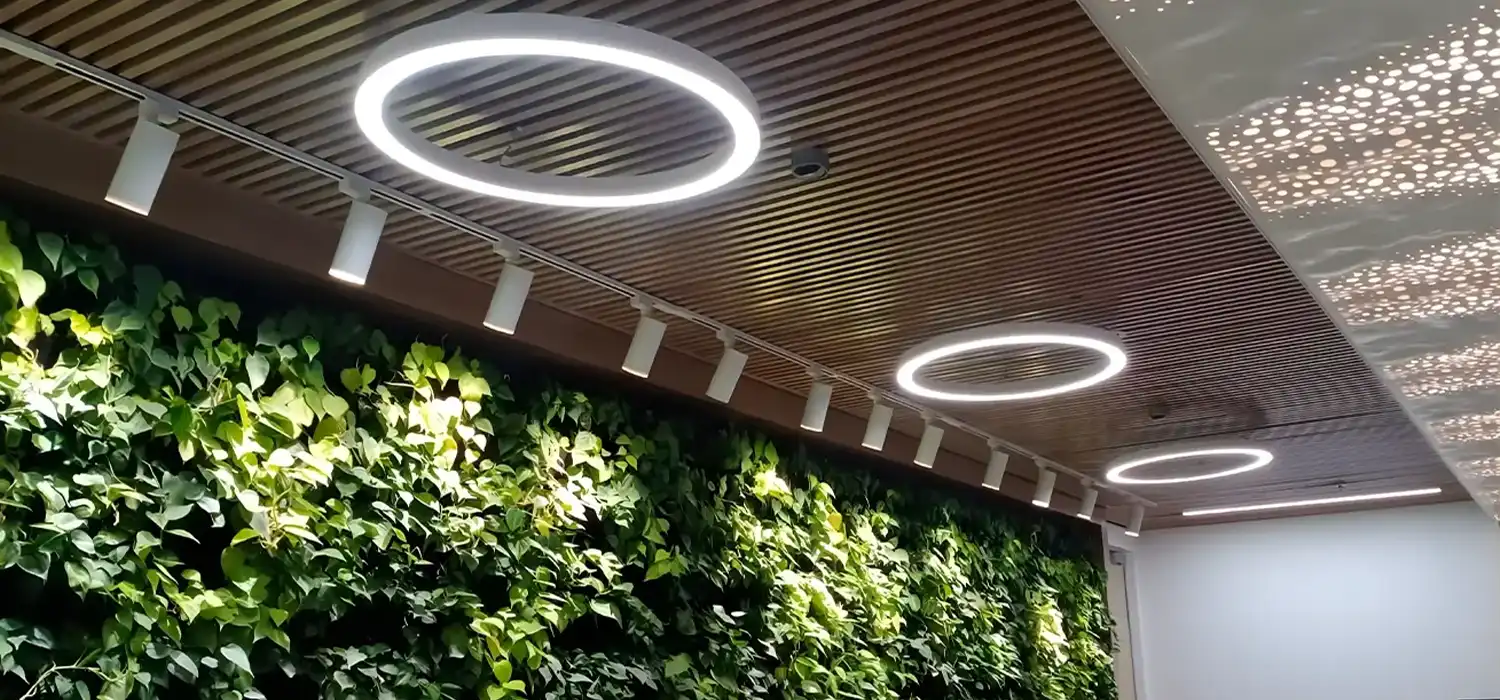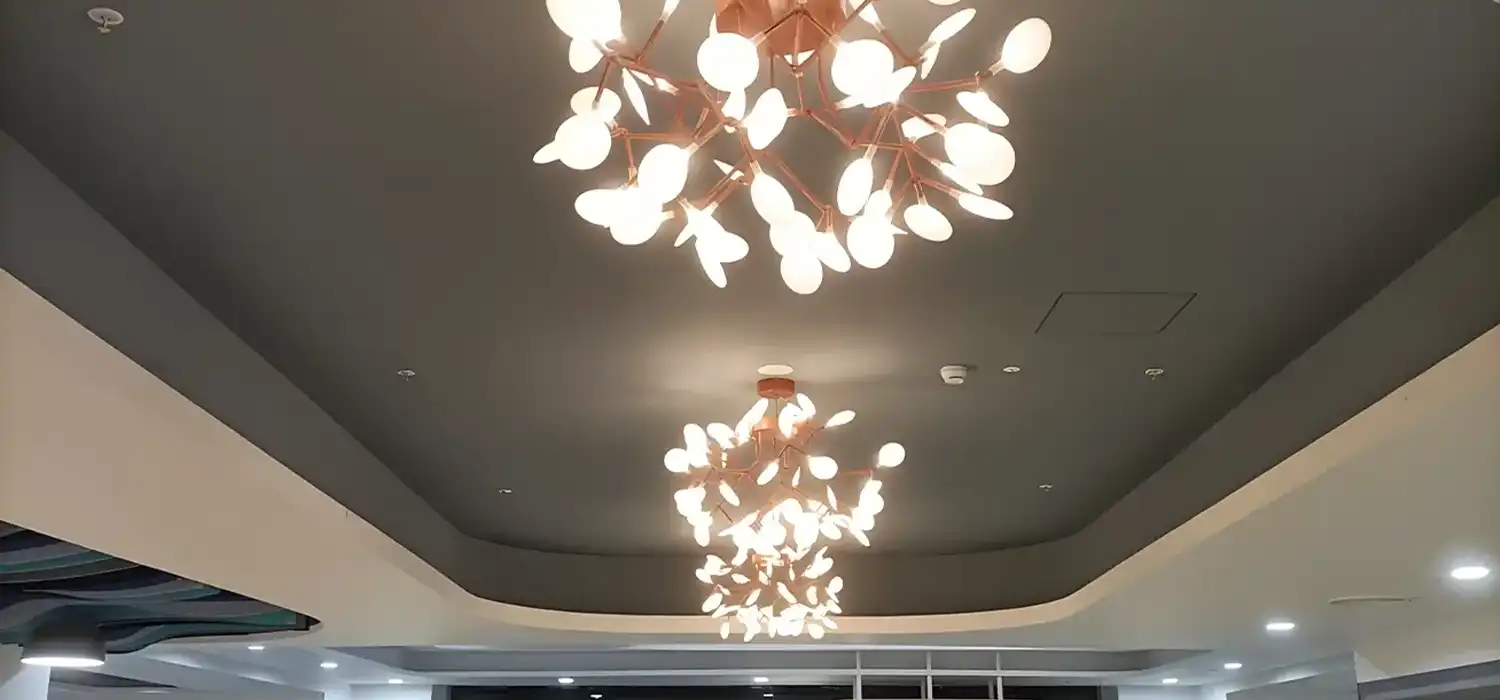General Terms & Conditions
The following terms and conditions will be deemed to have been accepted by the User on usage of the website "www.lunnark.com". You are requested to read them carefully before you use the services of this site.
1.The content of this website is for general information purposes only. While enough care is taken by LunnArk to ensure that information on the website is up to date, accurate and correct, readers are requested to make their independent enquiry before relying upon the same. In no event will LunnArk offer any warranty on the information made available, or be liable for any loss or damage including without limitation, indirect or consequential loss or damage in connection with, the use of information in this website. By using or accessing the website, you agree with the Disclaimer without any qualification or limitation. Design, specifications, brochures and interactive plans etc., are subject to change without prior notice. Computer generated images; and render images are the artist's impression and are an indicative of the actual designs.
2.The contents of this website are meant to provide information to the readers of this website about ourselves including our various products, various initiatives taken by us, CSR activities etc. They are only for general information and are subject to change. By no stretch of imagination, the information on the website shall be construed as an advertisement and/or invitation or offer for sale.
3.For a visit of our LUNNARK-site no entrance of personal data is required. However, we do store access data to our site which data is unrelated to persons. The access data is only used for evaluation purposes in order to improve our products, product range and the information about our products.
4.The term User shall refer to the user who is browsing the site. The term LunnArk shall refer to Vtech Biotron Limited. The term Site refers to www.lunnark.com owned and monitored by Vtech Biotron Pvt Ltd.
5.To find out more about products/developments, please call 1800 890 2146 or visit our office during working hours and get in touch with authorized LunnArk sales representative.
6.By using the Site, you agree to follow and be bound by the following terms and conditions concerning your use of the Site. LunnArk may revise the Terms of Use at any time without notice to you. Areas of the Site may have different terms of use posted. If there is a conflict between the Terms of Use and terms of use posted for a specific area of the Site, the latter shall have precedence with respect to your use of that area of the Site.
7.LunnArk may terminate User's access at any time for any reason. The provisions regarding to disclaimer of warranty, accuracy of information, and indemnification shall survive such termination. LunnArk may monitor access to the Site.
8.All content present on this site is the exclusive property of LunnArk. The software, text, images, graphics, video and audio used on this site belong to LunnArk. No material from this site may be copied, modified, reproduced, republished, uploaded, transmitted, posted or distributed in any form without prior written permission from LunnArk. All rights not expressly granted herein are reserved. Unauthorized use of the materials appearing on this site may violate copyright, trademark and other applicable laws, and could result in criminal or civil penalties. LunnArk is a registered trademark of Vtech Biotron Private Limited. This trademark may not be used in any manner without prior written consent from Vtech Biotron Pvt Ltd.
9.LunnArk does not make any warranties, express or implied, including, without limitation, those of merchantability and fitness for a particular purpose, with respect to any information, data, statements or products made available on the Site.
10.Kindly note that by sharing any of your contact details on the website, you are authorizing the Sales Response team of LunnArk (even if you are registered on the DND Registry) to provide information on our products over Calls, SMS & Emails.
11.The Site, and all content, materials, information, software, products and services provided on the Site, are provided on an "as is" and "as available" basis. LunnArk expressly disclaims all warranties of any kind, whether express or implied, including, but not limited to, the implied warranties of merchantability, fitness for a particular purpose and non-infringement.
12.User agrees to indemnify, defend and hold LunnArk harmless from and against all losses, expenses, damages and costs, including reasonable attorneys' fees, arising out of or relating to any misuse by the User of the content and services provided on the Site.
13.LunnArk shall have no responsibility for any damage to User's computer system or loss of data that results from the download of any content, materials, information from the Site.
14.LunnArk may change or discontinue any aspect of its website at any time, including, its content or features. LunnArk reserves the right to change the terms and conditions applicable to use of the Site. Such changes shall be effective immediately upon notice, which shall be placed on the Site.
15.In no event will LunnArk be liable for damages of any kind, including without limitation, direct, incidental or consequential damages (including, but not limited to, damages for lost profits, business interruption and loss of programs or information) arising out of the use of or inability to use LunnArk's website, or any information provided on the website, or in the Products any claim attributable to errors, omissions or other inaccuracies in the Product or interpretations thereof. Some jurisdictions do not allow the limitation or exclusion of liability. Accordingly, some of the above limitations may not apply to the User.
16.The information contained in the Site has been obtained from sources believed to be reliable. LunnArk disclaims all warranties as to the accuracy, completeness or adequacy of such information.
17.LunnArk makes no warranty that: (a) the Site will meet your requirements; (b) the Site will be available on an uninterrupted, timely, secure, or error-free basis; (c) the results that may be obtained from the use of the Site or any services offered through the Site will be accurate or reliable.
18.The User's right to privacy is of paramount importance to LunnArk. Any information provided by the User will not be shared with any third party. LunnArk reserves the right to use the information to provide the User a more personalized online experience.
19.The Site provides links to web sites and access to content, products and services from third parties, including users, advertisers, affiliates and sponsors of the Site. You agree that LunnArk is not responsible for the availability of, and content provided on, third party web sites. The User is requested to peruse the policies posted by other web sites regarding privacy and other topics before use. LunnArk is not responsible for third party content accessible through the Site, including opinions, advice, statements and advertisements, and User shall bear all risks associated with the use of such content. LunnArk is not responsible for any loss or damage of any sort User may incur from dealing with any third party.




